For most of my career, I’ve been involved in a part of the industry that focuses on impairments for electrical and fire alarm systems. For the first half of my career in the field, I worked with a large electrical firm in the service department. Our duty in the service department was to react to issues, analyze the problem, and make corrections as necessary. Then fortunately for me, I was placed into another position where my role was to provide and oversee a responding service (a runner) for fire protection and life safety systems. Although both positions were different in many ways, one thing remained the same; we were acting as the cape-less hero of the day. But the response was a little different. Responding to a non-emergency electrical issue compared to a major impairment that placed all the building occupants in a vulnerable situation really increased my understanding and responsibility.
This issue goes outside of the normal realm of the electrical industry but encompasses all components of a building that are designed, installed, inspected, and maintained to ensure that the building occupants can safely egress or relocate to a safe area during an emergency. For this article, I plan to outline the general code and standard requirements in accordance with the 2021 edition of NFPA 101, Life Safety Code, and the 2022 edition of NFPA 72, National Fire Alarm and Signaling Code.
Runner Service Explained
Just to be clear, a runner is someone who responds to trouble and supervisory signals created by a building’s fire protection system. These automatically initiated signals go directly to a supervising station and are different from an alarm signal. Although an alarm signal goes through the same supervising station, it also is a signal that initiates an emergency response [a trouble or supervisory signal initiates a non-emergency response]. The National Fire Alarm and Signaling Code states that a runner tries to restore, reset, and silence all equipment that transmits fire alarm, trouble, and supervisory signals to an off-premises location. In other words, someone that responds to the initiated signal to see if the system has an impairment and major issue.
Trouble and Supervisory Signals
Three main signals and responses occur with fire protection and life safety systems. The signals generated are alarm, trouble, and supervisory signals. In accordance with the National Fire and Alarm and Signaling Code section 26.3.8.3.3(2), dispatch runner or maintenance personnel shall arrive and investigate any supervisory signal within two hours of receipt at the supervising station. Section 26.3.8.3.4 states that dispatch or maintenance personnel must arrive within four hours of receiving the signal. In both sections, the code specifies that if the signals are not restored within eight hours, the authority having jurisdiction (AHJ) shall be notified of the nature of the signal, time of the occurrence, and the restoration of service.
Fire Watch Explained
The NFPA 101, Life Safety Code, defines a fire watch in Section 3.3.108 as the assignment of a person(s) to an area to notify building occupants or the fire department, preventing a fire from occurring, extinguishing small fires, and protecting the public from fire or life safety dangers. I always have described a fire watch as an established person or persons that mimic and replicate an automated system that will detect fire, smoke, or danger, initiate an emergency response when necessary, and notify and help evacuate building occupants during an emergency. Basically, when the automated fire and life safety means are impaired, you put in people and processes to do a similar function and still provide that safety. As stated in the National Fire Alarm and Signaling Code, the need for mitigating purposes shall be established based on a case-by-case scenario. Mitigating measurements may be as simple as occupant notification to a full-time fire watch, depending on the impairment.
Planned vs. Unplanned
There are different types of fire watches for planned and unplanned outages. This is one thing that contractors, designers, and AHJs sometimes miss or overlook. Obviously, unplanned fire watches will occur when an unexpected impairment occurs on a life or fire protection system, like a generator failure. This is something that is both unexpected and unplanned. But there are times that there are planned outages. These outages could be scheduled work that impairs the system in place and should be considered before performing the work. A good example of this would be the replacement of a generator.
In our industry, we should recognize that during this scheduled work, if an incident were to occur that there should be measures in place that keep the occupants safe during the planned outage. For example, before you start to remove the generator, a temporary one should be brought in and connected before removing the permanent one. If normal power is lost, this temporary generator will act as the alternate source to power the emergency, legally required, and optional standby systems. For the most part, fire watches occur when working with fire protection systems. If you are servicing a fire alarm system or portions of the system, you’d call the supervising station that receives the signals and have them place the system into a “test mode.” This notifies the supervising station that they will be receiving various signals because the system is actively being worked on. This is a perfect example of when a planned fire watch is required. The technicians working on this system are now taking the place of the automated processes and need to be on the lookout for fire, smoke, or any life hazards to make the necessary notifications to the emergency services and building occupants manually.
Redundancy & Mitigating Circumstances
One thing that became apparent almost immediately with fire watches was the impact a large-scale fire watch can have on a company, especially with major unplanned impairments. When working towards the runner service program that I oversaw, many owners and property managers complained about fire watches that were incorrectly set and sometimes not even needed. Keep in mind that the owner will typically provide the on-site trained personnel or hire trained individuals to perform these fire watches to maintain operations. That can get expensive quickly and effect the output of the regular duties of those employees. I always instructed my teams to consider a fire watch as a last resort and determine redundancy before establishing any fire watch. It’s common and sometimes required by fire and building codes to have both alarm systems and suppression systems. Both will initiate a specifically required response of the system. If a loop of fire alarm devices is down, but that area is fully sprinkled, and the water flow alarms are working, detection and notification will still happen if there is smoke or fire. There would be no need for a fully dedicated fire watch if the repairs were made in a reasonable manner and the AHJ agrees.
Impairments that require a Fire Watch
There are many different systems and pieces of equipment that create a safe environment for building occupants in case of a fire or emergency. All the systems are unique, have specific performance-based goals, and are typically integrated together to form an entire system. With any of the buildings you are working with, there is a need to have an idea of the type of systems in the building, what the performance-based designs are meant to achieve, and how they interact with each other. This is often easier said than done and requires some investigation and review of the fire alarm systems matrix. But the impairments can differ in range from a suppression system, kitchen hood system, building life safety system, fire initiating devices, notification appliances, the fire alarm panel itself, or even transmission impairments. You’ll establish a fire watch based on the specific impairment and mitigate those circumstances.
Suppression System Impairments
Fire watches for suppression systems are more difficult to establish and mitigate the increased risks because it’s the system that helps extinguish a fire if it occurs and initiates the rest of the fire protection system. One thing that needs to be determined is the amount of the system that is impaired and the portion of the building that is unprotected. Sometimes this can be a small portion of the sprinkler system that is isolated by a valve, and sometimes it can be the entire building due to a broken water main. Obviously, the fire watch would differ substantially. But keep in mind that suppression systems act by using water or chemical flow to extinguish a fire and initiate an alarm signal to the supervising station. If there is no water or chemical in the system, no flow alarms will be initiated. The fire watches should be established to constantly walk the affected areas and look for signs of smoke or fire. In addition, fire watch personnel should be trained on fire extinguishers, which ones are used for the specific application, and keep one in proximity. If a fire were to break out, they must notify 9-1-1, have someone start an evacuation process, and extinguish the fire if possible. Note that the fire watch should only try to extinguish small fires controllable by a fire extinguisher.
Kitchen Hood Systems
There are many benefits of a kitchen hood exhaust system, and they are all very important for many reasons. Kitchen hood systems improve air quality, remove smoke and particles, excess heat, remove harmful pollutants from kitchen staff, and prevent carbon monoxide poisoning. Be aware of any impairments with kitchen hood systems and ensure you always understand the full impairment. For the most part, I never recommend fire watches for kitchens unless it is a monitoring issue. It’s always a better idea to close the kitchen down instead of putting anyone at risk. Kitchen hoods have their own chemical-based suppression systems that will extinguish grease fires. But just like any suppression system, they are also monitored by flow alarms. If the system initiates, it will activate a fire alarm signal through the flow alarm. If this monitoring system is ever impaired, a building owner and AHJ can agree to place a fire watch that would contact 9-1-1 in case of a suppression system discharge.
Building Life Safety Systems
Any impairment on a building life safety system can be a little tricky to determine and often requires a little thinking outside of the box when establishing fire watches. As always, it’s important to determine the system that is impaired, what it protects, and the potential risks of not functioning. At the beginning of the article, we discussed a generator failure, so let’s take it a little further. What if the owner can’t obtain a temporary generator? It’s important to figure out what load the generator supplies. How can a fire watch mitigate those risks if the generator feeds only exit signs and emergency lights? By trained fire watch personnel with flashlights and at exits to help occupants evacuate during a loss of power; maybe. What if the generator feeds the smoke evacuation systems? Or fire doors and curtains that create fire-rated barriers? What if it is a high-rise building and the fire department will use the generator to help evacuate people? Again, the scenarios must be determined and discussed directly with the AHJ to establish an appropriate fire watch that protects lives and property.
Initiating Devices
What’s the main purpose of an initiating device? An initiating device is a system component that originates transmission of a signal that indicates a change-of-state condition. That change of state can be determined by a malfunction, tampering, fire, or smoke. The device detects the change of state and notifies the alarm system that then notifies the supervising station or owner for the appropriate response. As with any fire watch, it’s important to understand the impairment in its entirety to establish an appropriate fire watch. The fire watch personnel should be trained on what to look for and try to detect and how to initiate a notification to the supervising station and building occupants. This procedure can differentiate between small-scale and large-scale fire watch operations depending on the severity of the impairment. For example, it could be a small area that a single person can appropriately cover or a large-scale operation with people in a separate area, different floors, or multiple buildings. And just like with suppression systems, the fire watch personnel should be trained on a fire extinguisher and have one readily available. The important thing to keep in mind is all the involved personnel needs to be aware of the impairment, the risks involved, and the appropriate sequence of actions necessary.
Notification Appliances
Notification appliances are probably the most important part of the fire alarm system because they notify the building occupants to evacuate the premises. Notification appliances can have audible features or visible features, and most of the time, they consist of both. The requirements for the actuation of the appliances depend on the sequence of operations and evacuation processes. To be clearer, depending on the sequence of operations and evacuation or relocation process, they can be initiated in a public mode (throughout the entire occupancy or zone) or private mode (areas restricted to the public). Without getting too much into the weeds, a private mode notification would be used when evacuation increases hazards, like a hospital. You don’t want to evacuate patients that need to be located with life-saving equipment. So, if there is an impairment with a loop or zones that impair the notification appliances in those areas, it’s very important to understand how those appliances function. The fire watch personnel should also be aware of the impairment and the risks of not having actuation of those appliances. The fire watch should be prepared to start yelling fire, make PA announcements, and banging on doors to ensure occupants evacuate immediately. Normal functioning alarm systems are often ignored even when functioning correctly; the fire watch personnel need to ensure everyone gets out safely.
Fire Alarm Panels
If an entire fire alarm system is impaired, it can impair many different systems that are integrated with it. Fire alarm systems have inputs that receive signals from initiating devices and outputs that initiate notification, transmission to the supervising station, and initiation of life safety systems. If the fire alarm panel is impaired, you must investigate and determine exactly what the impairment has hindered and what portions of the system will not function. Since a fire alarm panel can control many different layers of a building’s fire protection and life safety system, it’s imperative to understand every portion of the system and what hazards the building and occupant face with the impairment. If the entire system is non-operable, the fire watch can be very extensive and take many people acting as fire watches to protect the building properly. If the life safety systems do not function during an alarm, you may even need fire watch personnel ready to activate those systems manually. You can pretty much expect a large-scale fire watch for any large facility where there is an impairment on the entire system.
Transmission Signals
One of the most important functions of fire alarm systems is performing early notification for an emergency response. As soon as a normal alarm signal is initiated, the system transmits the system to the supervising station, which contacts the local fire department to dispatch an engine company for a response. Without this ability, the emergency responders are left without early warning. A fire can get out of hand quickly, leaving occupants trapped and further the damage to the building. For this type of fire watch, it’s important to maintain this ability for early response. Typically, it takes a dedicated fire watch to stand guard at the fire alarm panel and watch for any incoming signals. If they were to receive an alarm signal that was unrelated to the impairment, they would need to call the supervising station and notify them to dispatch an engine crew. This fire watch can be somewhat boring for the dedicated person, but with all fire watches, boring is a good thing!
Lifting Fire Watches
Eventually, the impairments will get resolved, and building owners will be excited to lift the in-place fire watch. If you are the responsible person in doing so, be wary. I’ve always taken the position when making a decision to lift a fire watch, they must convince me that the system is functioning and the risks have been mitigated. Until that time, I won’t lift it. And the only way to convince me is by proving that the system is back into service the way it was designed. That can sometimes be a lot harder than it sounds. It may sometimes inconvenience the owner and occupants, but it is important to go through all of the necessary steps to ensure that the issues have been mitigated.
In Conclusion
The service industry and runners that respond to electrical and fire alarm-related issues are the un-caped heroes of the industry. But just like any hero, we in the industry have our kryptonite. It’s easy to get complacent, overlook important details, and lack knowledge of the ever-changing technology. It’s always important to grow in our roles, keep our skillset sharp, and take the needed time to avoid overlooking the minor details. These rules are especially important when dealing with impairments, establishing appropriate fire watches, and ensuring that occupants and property inside the building are secured and safe. I often set up routine exercises for my runners to bring them to a specific building, make up an impairment, and work with them to identify all the building components and establish an appropriate fire watch for that specific issue. In that process, I learned that having a couple of different eyes and ideas in every unique situation only enhances the outcome. That is even more true when establishing fire watches on intricate systems. So, I suggest that everyone try it to enhance their response. And always remember the consequence of not doing it and the impact that it will have.

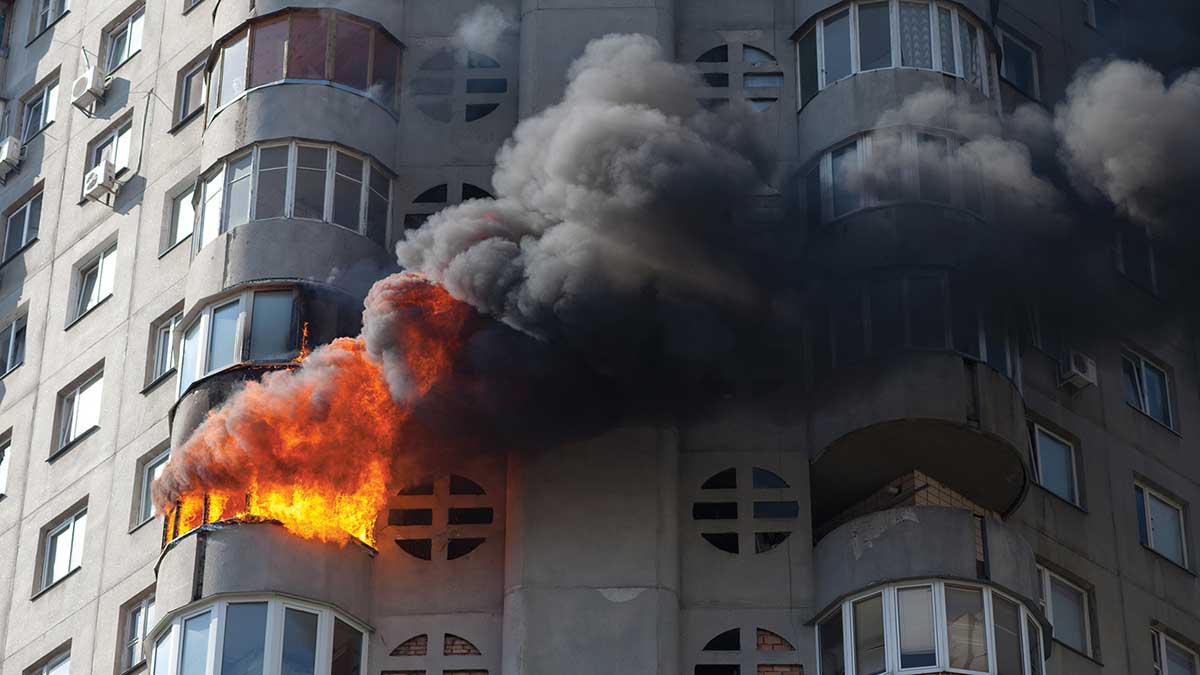
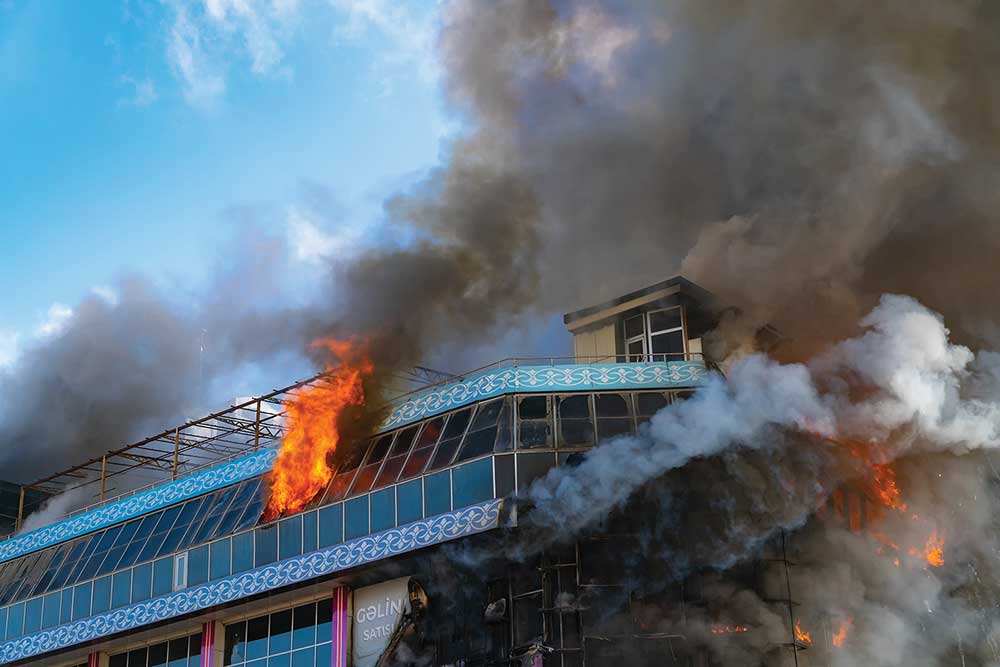
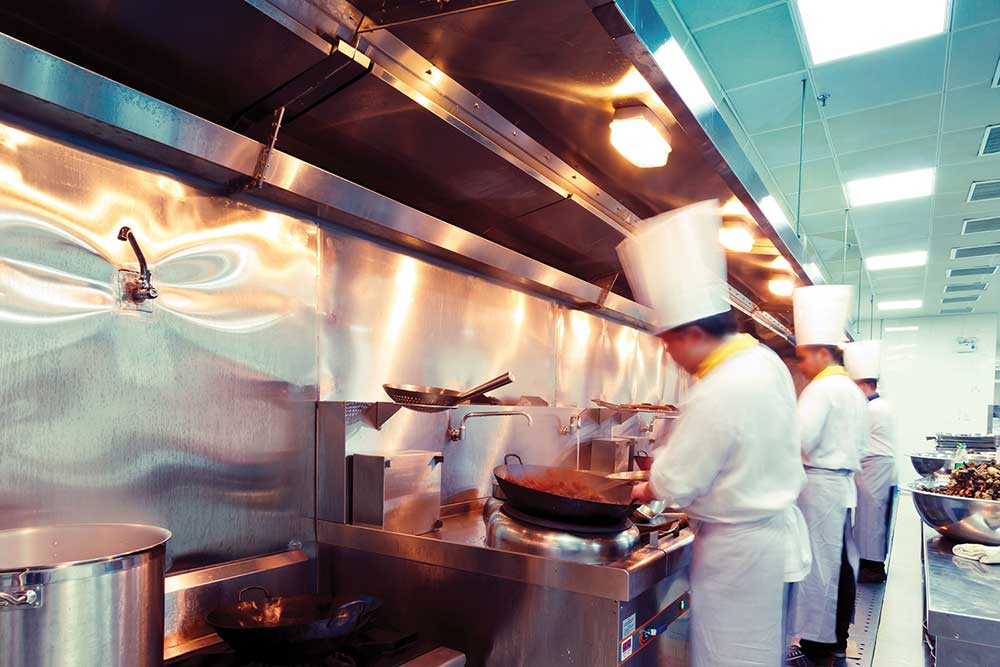

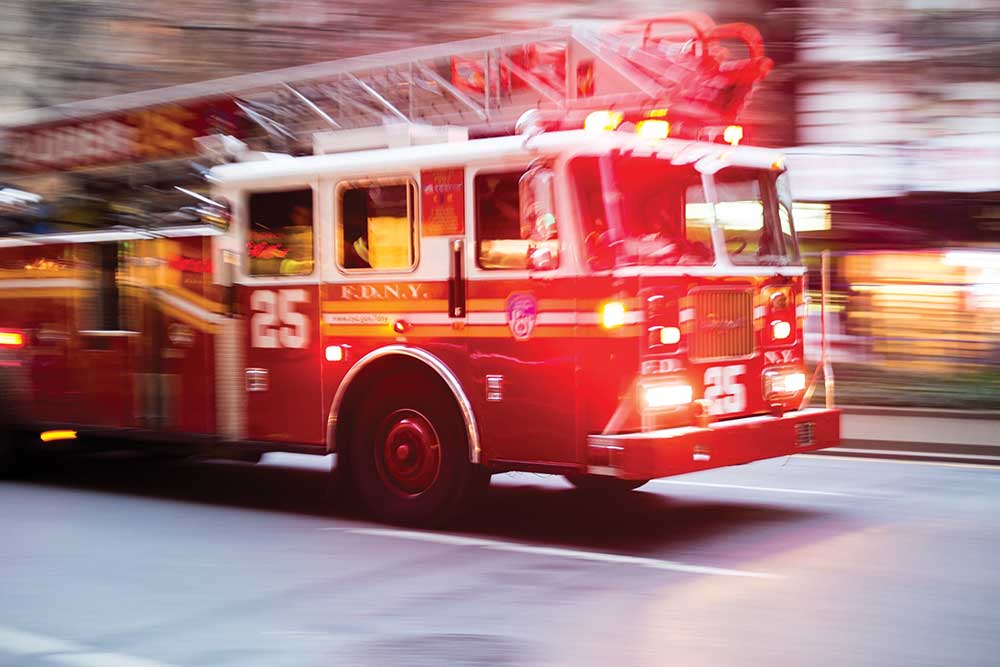








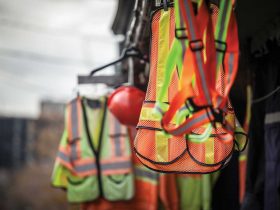
Find Us on Socials